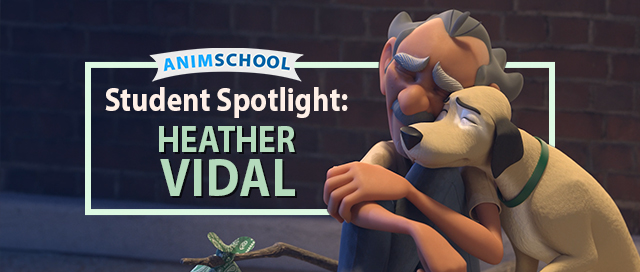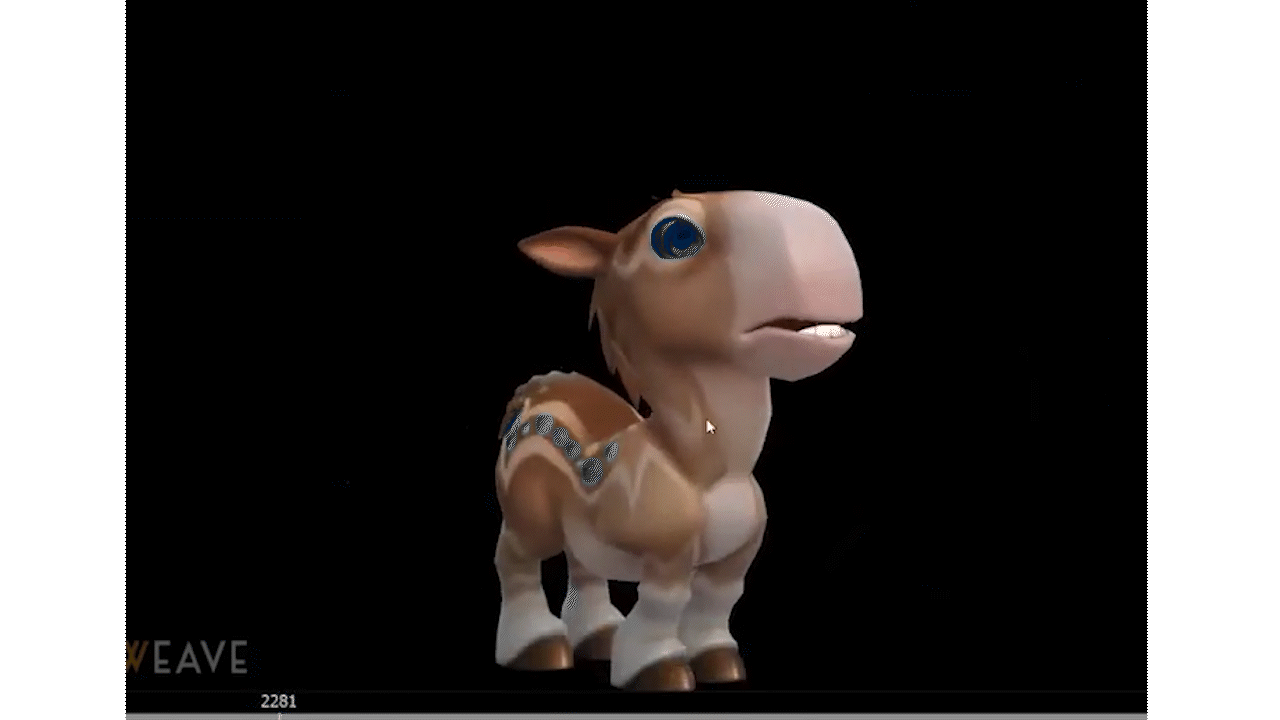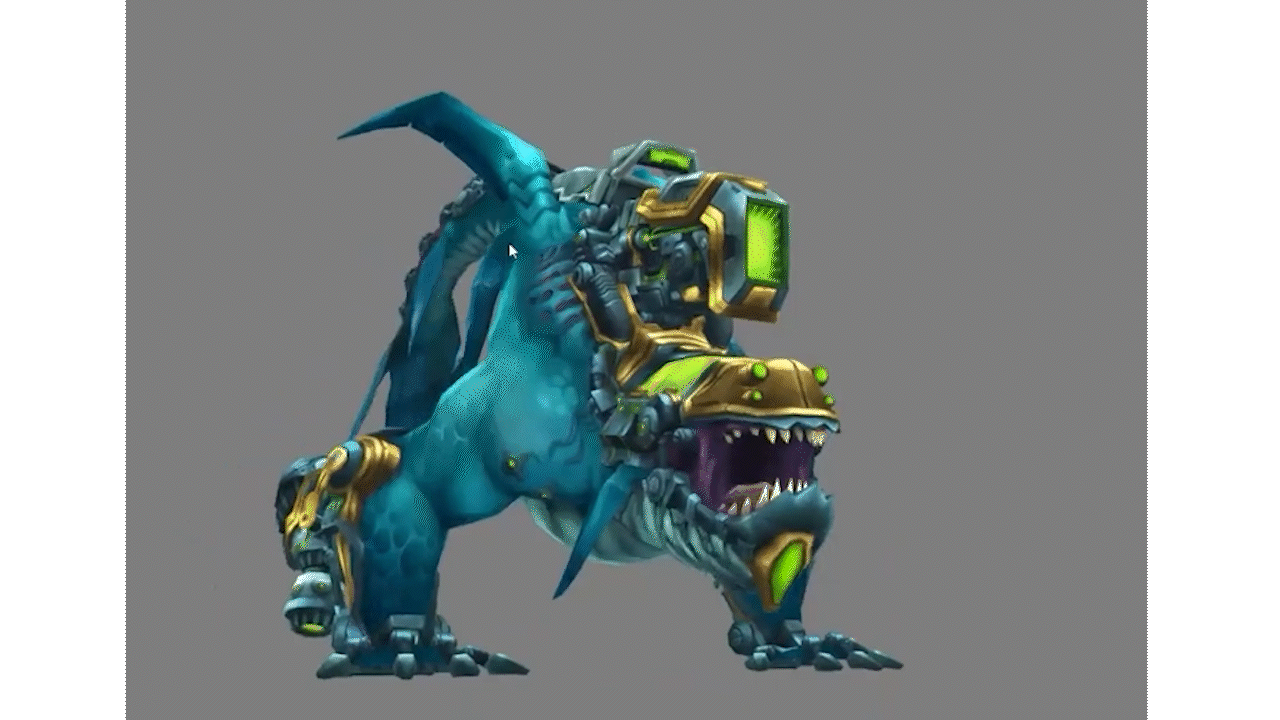
AnimSchool graduate Heather Vidal shares her experience working on an emotional scene using audio from the film Good Will Hunting (1997). Inspired by heartfelt stories about the struggles of unhoused people, she explains how she channeled her own hardships into her animation. Her shot was featured in the 2024 AnimSchool Student Showcase.
Vidal explains that she got her idea from YouTuber German in Venice, who interviews homeless people. One of the most common themes she noticed from these interviews was how individuals would often quit their jobs to take care of their loved ones. However, once their loved ones passed away, these caretakers would be left with little to no money between the medical bills and funeral costs, resulting in their current situation. Upon hearing the audio from Good Will Hunting, she remembered these stories and felt inspired to make such an emotionally charged animated shot.
Initially, Vidal mentions, she had only treated the dog’s character as a prop, making him move as little as possible. During development, her instructor gave her the idea to have the dog rest his chin on his owner’s knee at the very end—Vidal was very pleased with how it turned out.
Watch her featured clip here:
Watch the full AnimSchool Student Showcase Livestream here:
At AnimSchool, we teach students who want to make 3D characters move and act. Our instructors are professionals at film and game animation studios like Dreamworks, Pixar, Sony Pictures, Blizzard & Disney. Get LIVE feedback on your Animation from the pros. Learn more at https://animschool.edu/









